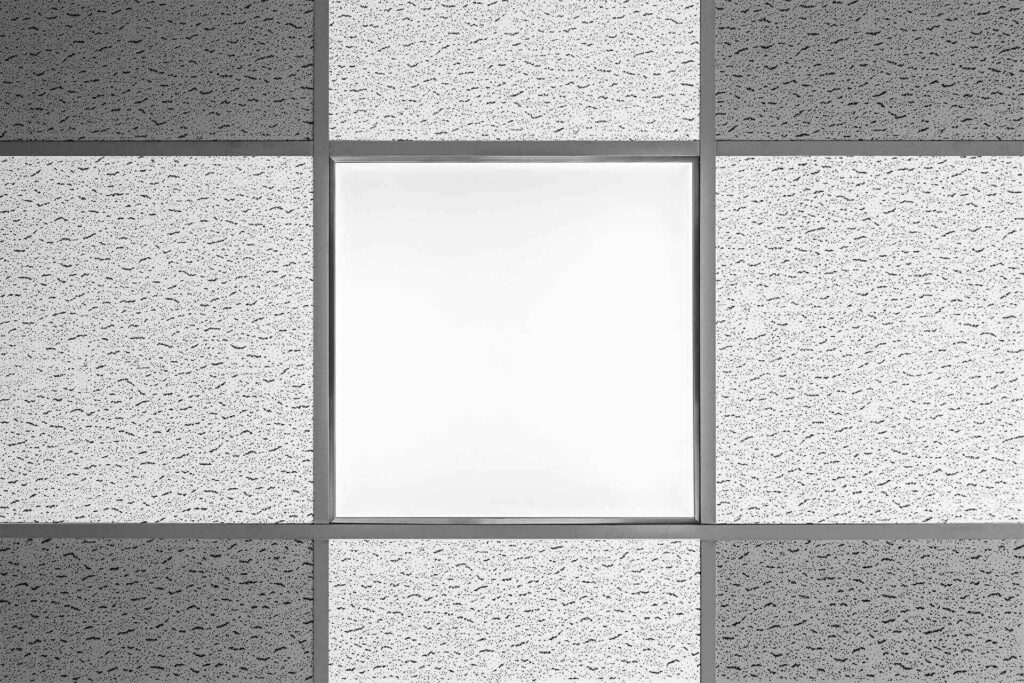Suspended ceiling, also known as T-bar, tiled and lay-in ceiling, is an alternative to drywalled ceiling. Below is a step-by-step of what you would expect when you hire us to work on your property.
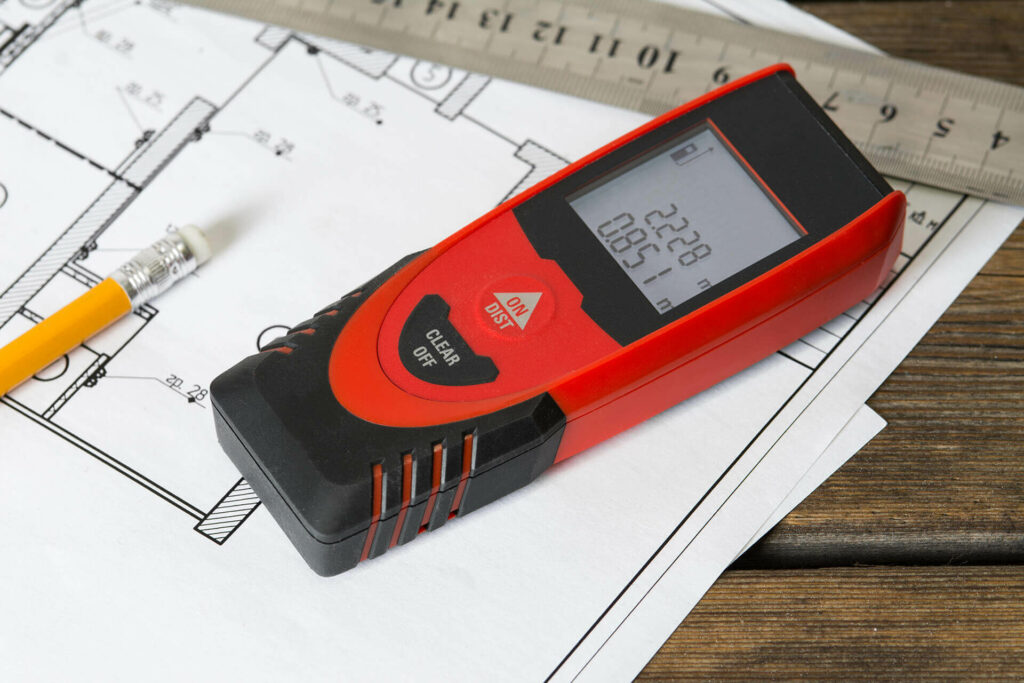

The first step to installing a suspended ceiling is to measure the room and map it out to understand the main runners and how much material is required. It also helps the homeowner visualize the finished result.

We start by installing the L-shaped moulding around the room’s perimeter, then hang the main runners on eyebolts to ensure they are level. After this, we complete the grid by installing cross T members. Before moving on to the next step, we double-check to ensure the grid is square.

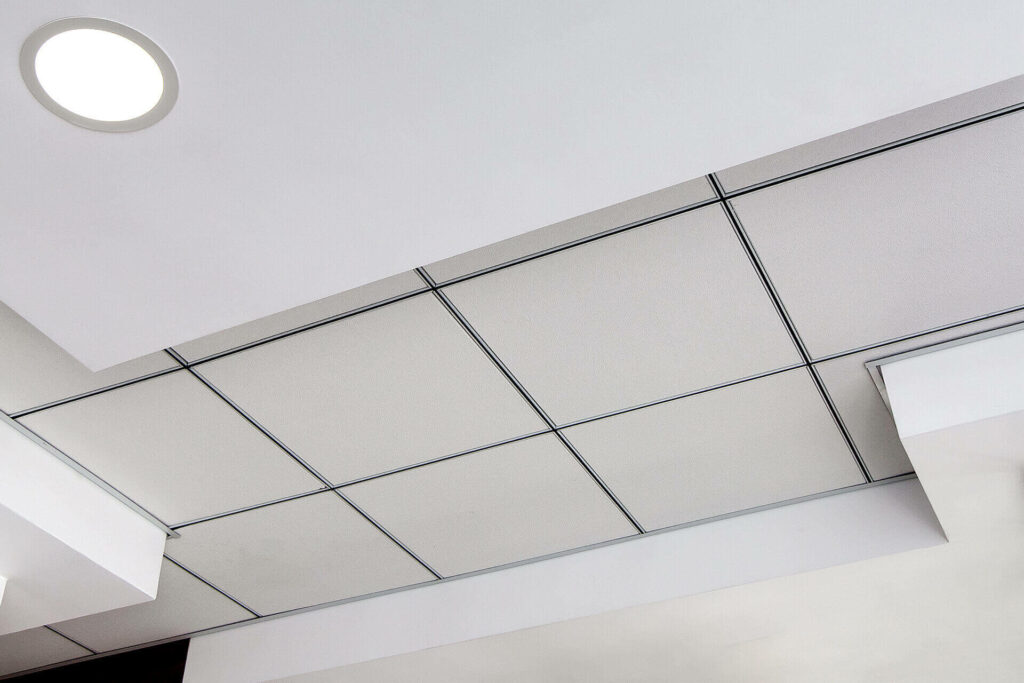

Once the grid is hung, we cut the tiles to fit each of the openings while accounting for any vents or light fixtures before installing them in place. After the entire ceiling is complete, we finish the job by cleaning up and vacuuming.
Installing a T-bar ceiling may not seem very difficult; you hang the grid and put the tiles in place. However, since walls are never perfectly square and ceiling joists are never perfectly level, it takes skills, experience, and professional-grade equipment to achieve a perfect finish. Additionally, some manufacturers may only warranty their products when certified contractors install them.
Tiled ceilings have the following advantages over drywall, with the only drawback being sacrificing approximately 4″ of space.
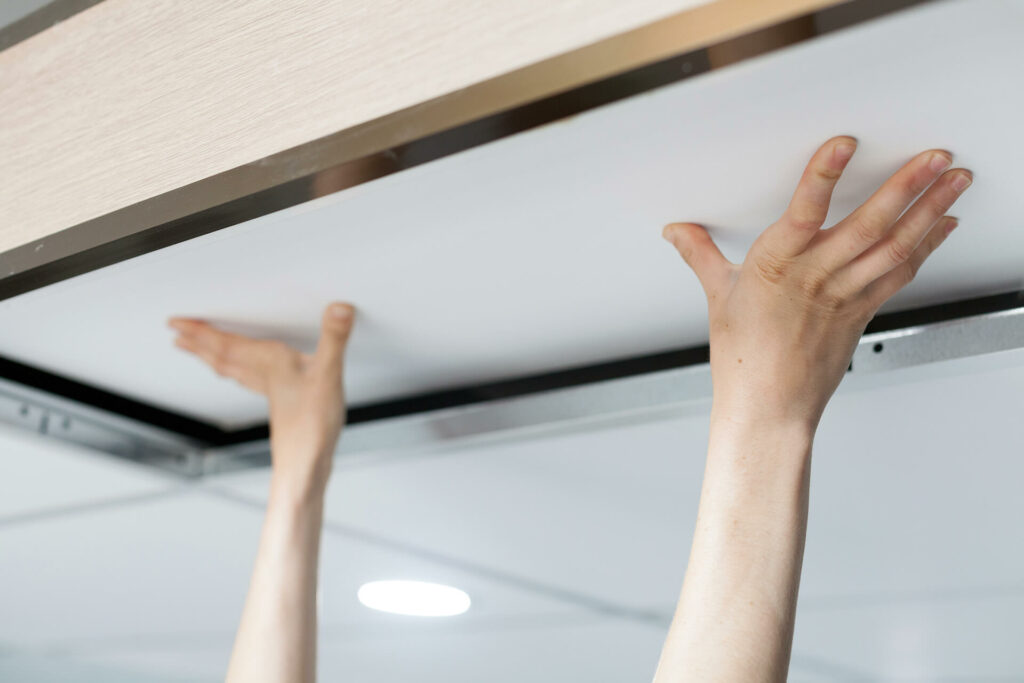

T-bar ceiling is more cost-effective because it is easier to install. For a reasonably sized room, the installation can usually be done in a day, making it more economical. The same goes for repairs; all is required is to remove and replace the damaged panels.

A suspended ceiling allows easy, non-destructive access to the space above for inspection and renovation compared to drywall. Just lift the ceiling tiles to gain access, and put them back when the work is done—no need to cut any holes in drywall and patch them later.
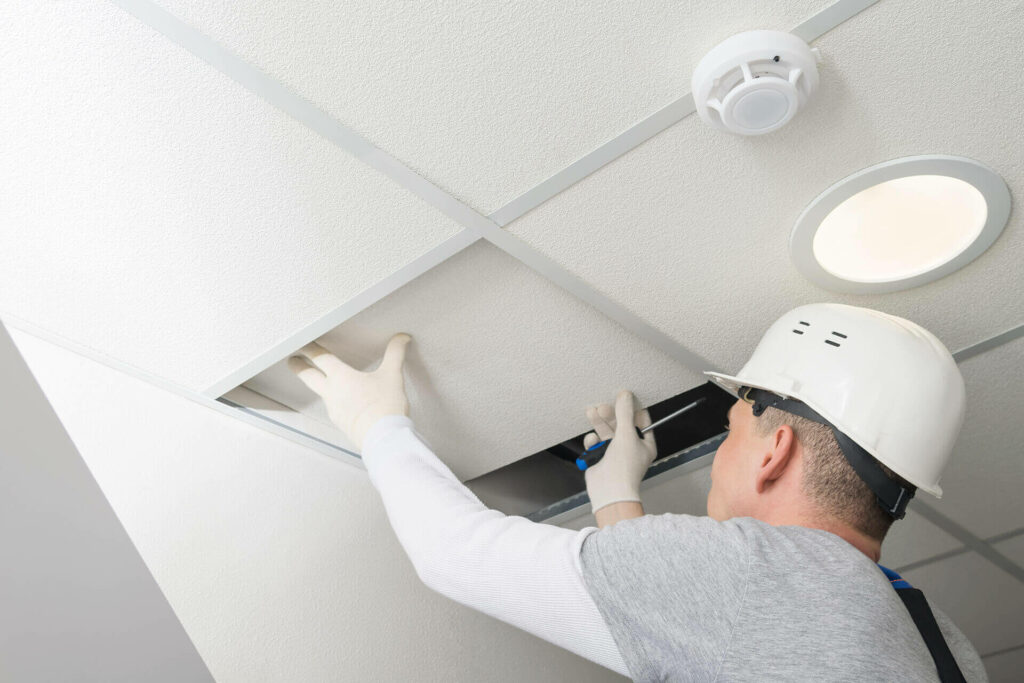
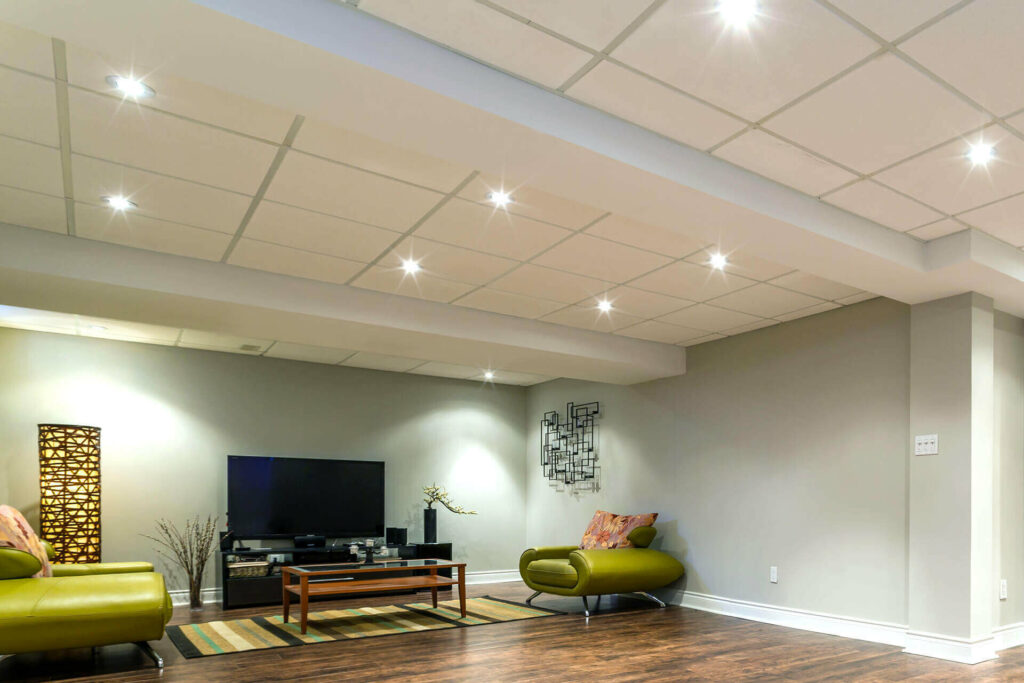

Depending on the type of lay-in tiles you choose, some offer better insulation and sound soundproofing, both of which are ideal for basement and home theatre applications. The improved thermal performance is also partially due to the space requiring heating being smaller.

There is a wide variety of textures, patterns, and sizes you can mix and match, and it is much easier to update the design in the future than textured drywall ceilings. Additionally, some tiles offer better light reflectance, which makes them desirable for rooms without windows.
